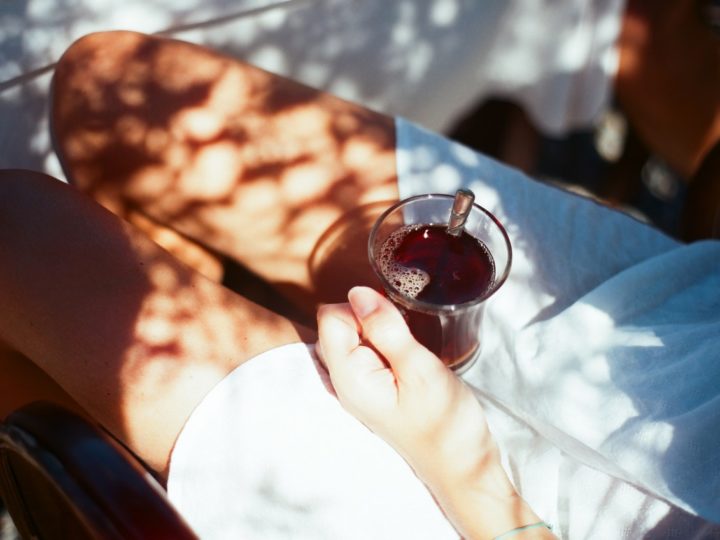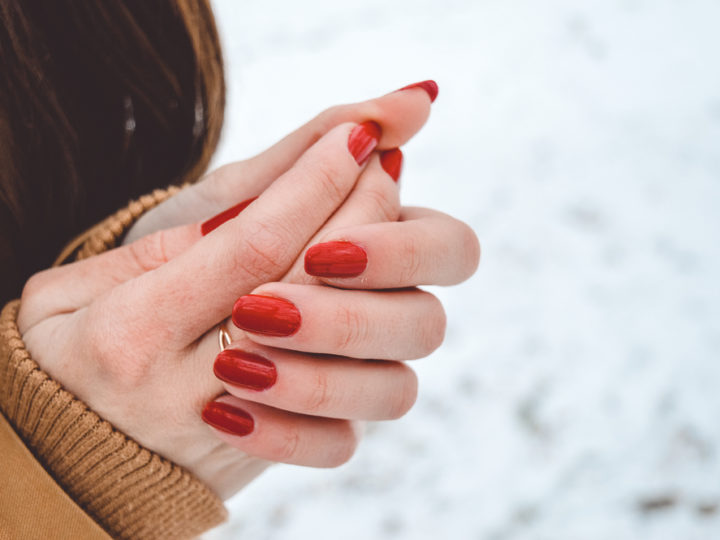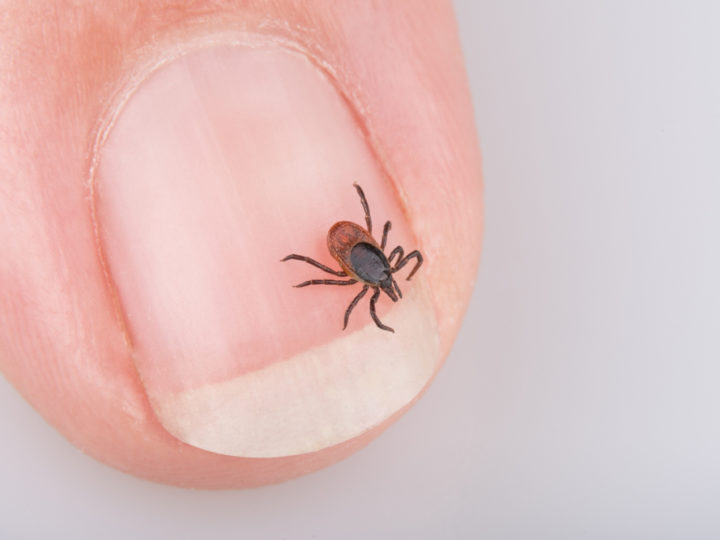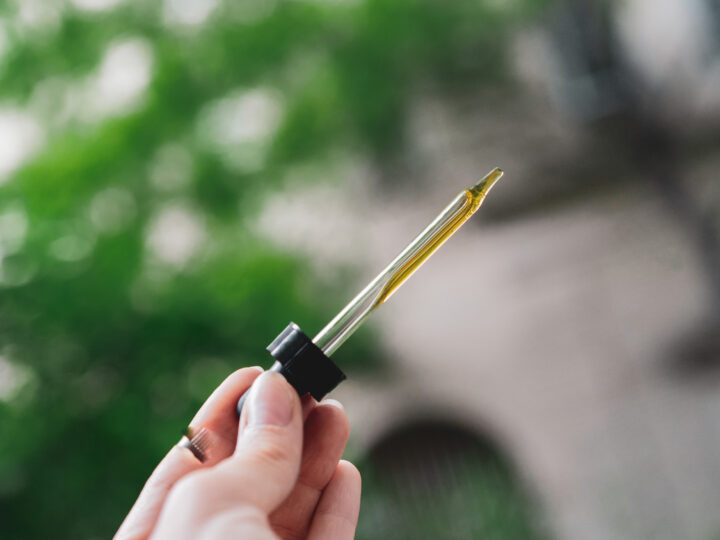TAKING ON COLD? A BIT ON FIRE?
Understanding Eastern Medicine’s Hot Vs. Cold
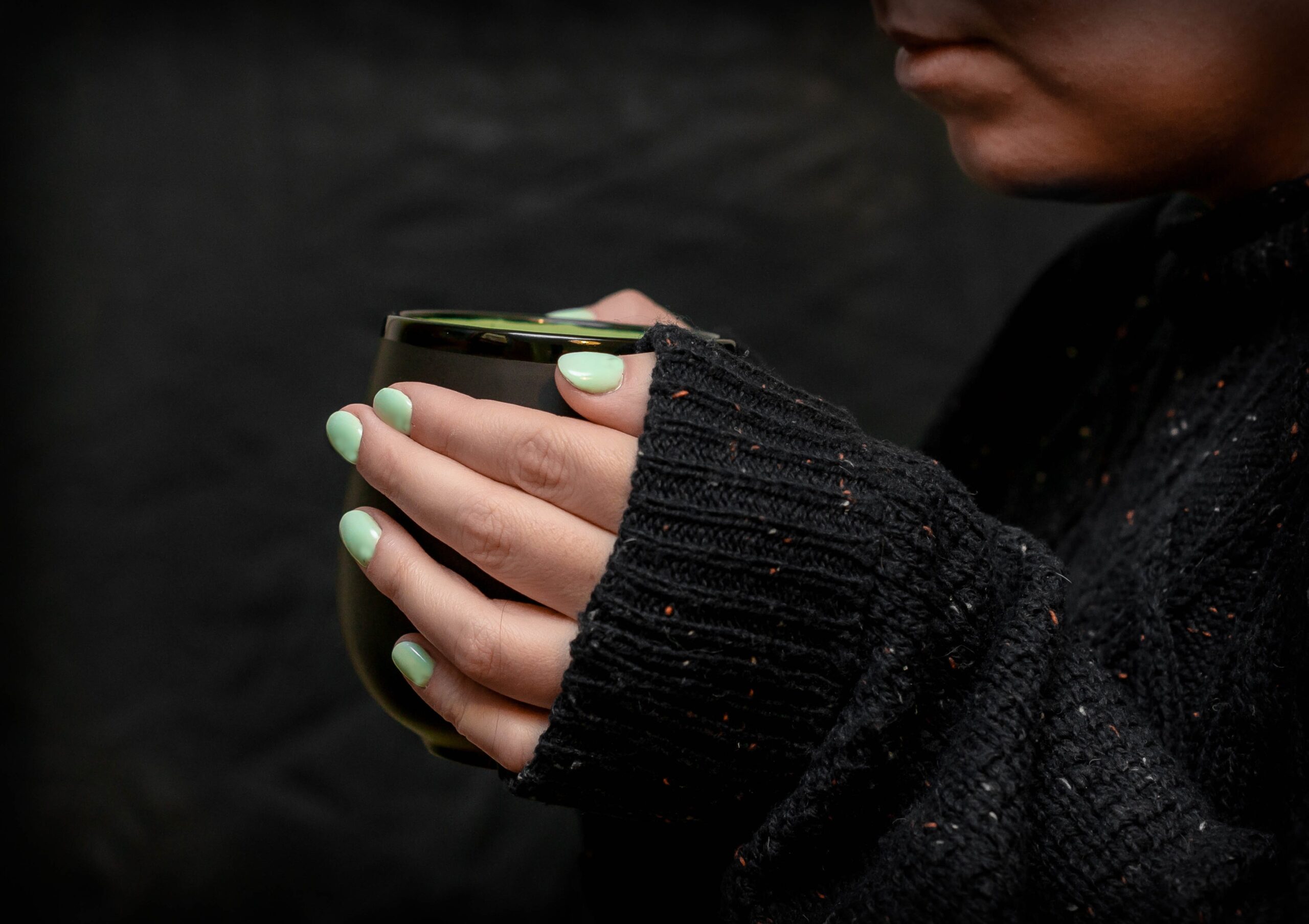
Today’s hyper-sensitive health climate has made it so that any sniffle, sneeze, or warm forehead is cause for concern. While we all have days when we might feel a bit under the weather, having a bit better understanding of how our bodies work and why we may be feeling a certain symptom can go far in helping us feel better and move along with our day.
When a less-than-stellar symptom strikes, do you immediately run for an over-the-counter solution? Do you just chug water and try to toughen it out? For many individuals, relief is coming from an unexpected place – traditional Chinese medicine.
Thinking Hot vs. Cold
Traditional Chinese Medicine and health actually see everyday bodily discomfort as part of two diagnoses: on fire (上火 ) and taking cold ( 着凉 ). While these two categories may sound like an oversimplification, once you learn a bit more about each you will be surprised at how often you can place your symptoms in one side or the other!
 In Eastern philosophy, any feeling of sickness was blamed on an individual’s internal elements being out of balance. This yin and yang of the forces within your body can become out of sync, leading to all manner of physical and emotional issues. To address an imbalance, Chinese traditional medicine sought to offset one with an increase of the other through food, drink, and herbal remedies.
In Eastern philosophy, any feeling of sickness was blamed on an individual’s internal elements being out of balance. This yin and yang of the forces within your body can become out of sync, leading to all manner of physical and emotional issues. To address an imbalance, Chinese traditional medicine sought to offset one with an increase of the other through food, drink, and herbal remedies.
In Chinese Medicine there are two major categories of heat, true heat (fire) and deficient heat (Yin deficiency). These are treated with different herbs and foods.Deficient heat can be likened to the heat from friction and is treated with mucilaginous herbs rather than the merely cooling herbs used to treat fire which is more like fever. Deficient heat can be very hot. To tell them apart, someone with fire has a red tongue with a coat, a sense of feverishness which may not show up on a thermometer, a rapid pulse, a red face and profuse sweating. Deficient heat shows a scarlet tongue with cracks(photo), and no coat , a mylar flush on the cheeks, night sweats and a thin pulse. Deficient heat is more dehydrated than fire.
While medicine and understanding about how the body operates has modernized, many of the teachings of this hot vs cold mentality have continued to prove true! (Not completely surprising, considering that they’ve been used for thousands of years!)
To get a better sense of these three internal elements, let’s break down both:
Feeling A Bit On Fire? 上火 (SHÀNG HUǑ)
 Have you ever had that feeling like the temperature was rising on the inside? Perhaps you start to feel warm, your cheeks get hot, and you start to break out in a sweat. Is it a fever? Perhaps some indigestion?
Have you ever had that feeling like the temperature was rising on the inside? Perhaps you start to feel warm, your cheeks get hot, and you start to break out in a sweat. Is it a fever? Perhaps some indigestion?
Traditional Chinese Medicine considers those who are feeling a bit warm to be 上火 – meaning that you have too much heat within your body. Traditionally, to be in a state of 上火 often meant that an individual had an either excessive amount of yang energy or insufficient yin energy to anchor the yang. Sometimes this was referred to as masculine energy or just being hot!
To help cool things off when feeling heat, Chinese traditional medicine called for adding foods and herbs that offer cooling capabilities to your diet. Traditionally, this was the process of adding yin to offset the imbalance of yang. Today, these “cooling” foods are used to reduce inflammation and other problems bringing on the heat! If your heat is from yin deficient heat, eat mucilaginous foods like okra, seaweeds, and hibiscus or marshmallow root tea. If yin is not deficient, eat mint, pears, fruits and drink yellow herbs like coptis or Oregon grape. There is often some crossover between the cooling foods for fire and for deficient heat.
In modern Western medicine, the concept of Deficient heat likely refers to any internal issue that is causing inflammation. While you may feel as though your body’s temperature is “on fire”, it is likely that your actual temperature is unchanged.
So what causes 上火? Usually the consumption of too many sweet foods or drinks that can lead to increased inflammation, acid reflux, chapped or sore lips, and more. To offset this, traditional Chinese health experts encourage you to try cooling foods such as green tea, watermelon, pears, cucumbers, and grapefruit.
Weak & Shaky? You Might Be Taking Cold | 着凉 (ZHĀO LIÁNG)
 On the other end of the illness spectrum, you might be suffering from any number of symptoms that you typically experience with a virus: joint stiffness or pain, stomach pain, morning diarrhea, weakness or fatigue, runny nose, etc.
On the other end of the illness spectrum, you might be suffering from any number of symptoms that you typically experience with a virus: joint stiffness or pain, stomach pain, morning diarrhea, weakness or fatigue, runny nose, etc.
Have you ever wondered why when you feel these symptoms, you refer to it as “having a cold?” Borrowing from Eastern traditional medicine, any feelings like the ones listed above are referred to as 着凉 – or “taking on cold.” As opposed to the excess of yang energy with 上火, 着凉 was believed to be the increase in cold yin energy that often accompanied the discomfort in the cold Chinese winter months.
To warm oneself up and bring on the heat上火, traditional Eastern medicine called for an increase in warm foods such as chicken broth, vegetables, and ginger. This is also why the Chinese people love to drink hot water to help offset any cold they may be taking on!
Finding The “Golden Mean” of Neutral
As you can see, fighting off sickness and discomfort often came down to finding everyday methods to add certain food and drink to your diet. However, in our world of extremes and immediate satisfaction, trying to offset a certain hot or cold symptom may cause one to throw themselves into an unhealthy spiral with unsatisfactory results.
Instead of wild swings from one side to the other, traditional Easterm medicine sought to find a neutral balance in daily life. From the activities one took part in to the foods and drinks ingested, everything was about the balance of yin and yang energies.
The same is true for being on fire and taking on cold. To encourage a healthy status quo, one should never try to fly to one side of the spectrum to find aid. Instead, slight alterations and changes to your diet can do wonders for helping balance out your system! This slowing down of the process allows you to learn more about your own body, and how you respond to particular stimulants such as food, drink, and other medicines.
In the West, there is much we can learn from the “balancing-act” of hot vs. cold. What are some of the foods and drinks that you are putting in your body that may be tipping the scales to one side or the other? What are habits you can start putting in place to find equilibrium in your life. When you start to borrow from the world of 上火 and 着凉, you can start to make healthier, more balanced choices that will enhance your daily life!
Newer
The Art And Science Of Traditional Chinese Medicine
Older
What Your Cravings Are Trying To Tell You
Comments (0)
Leave a reply
You must be logged in to post a comment.

